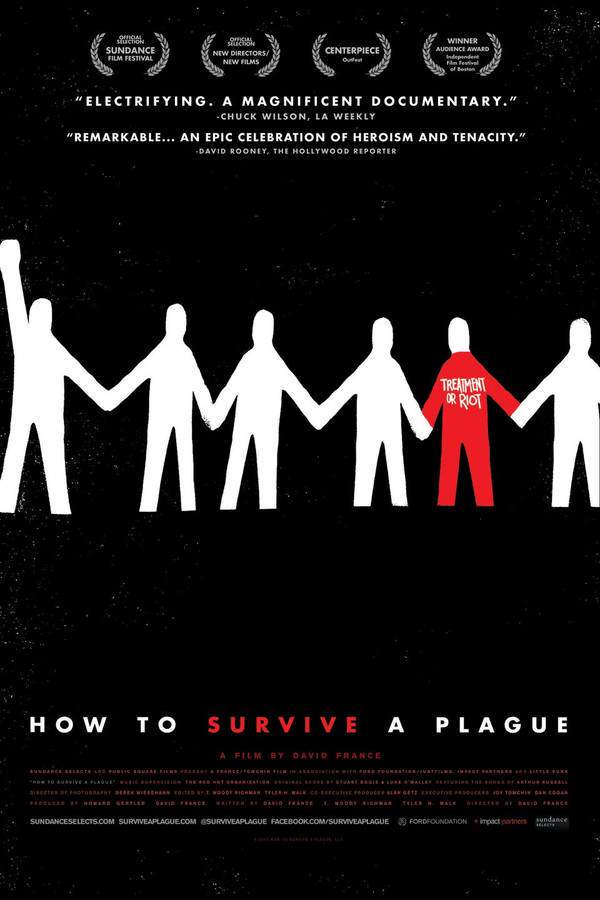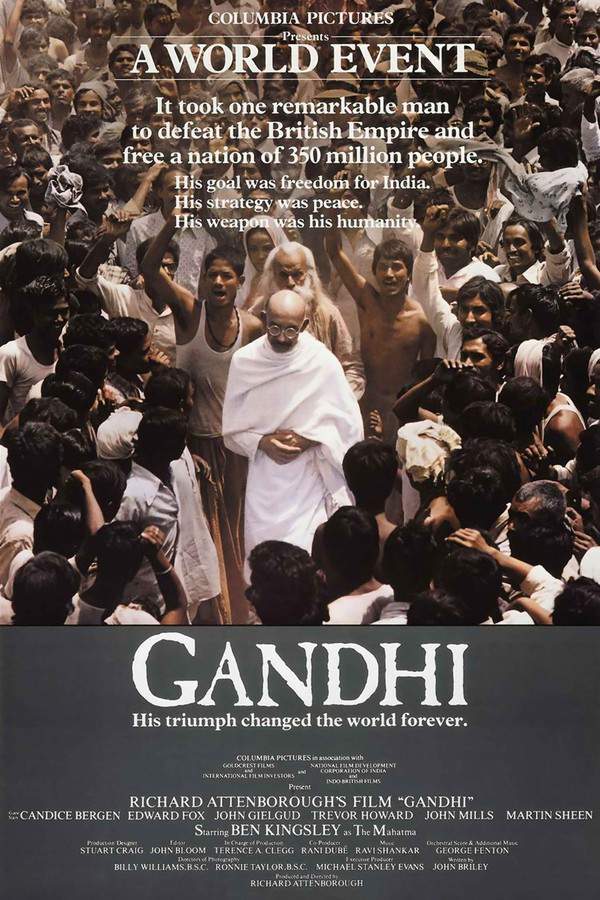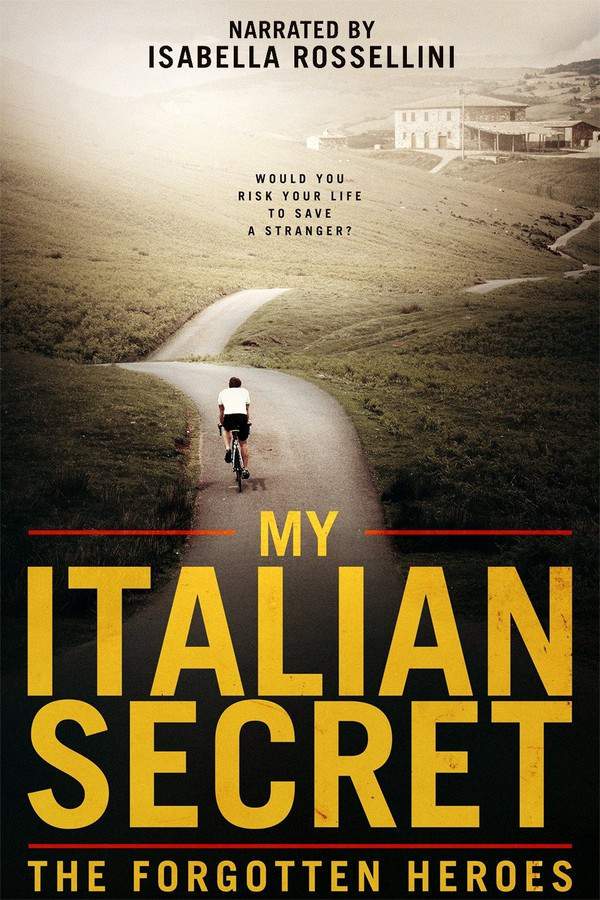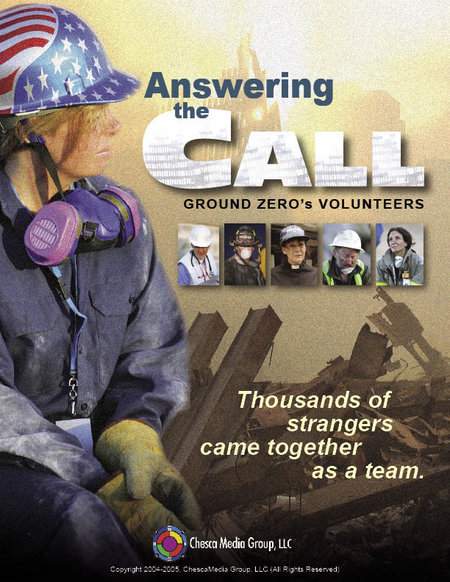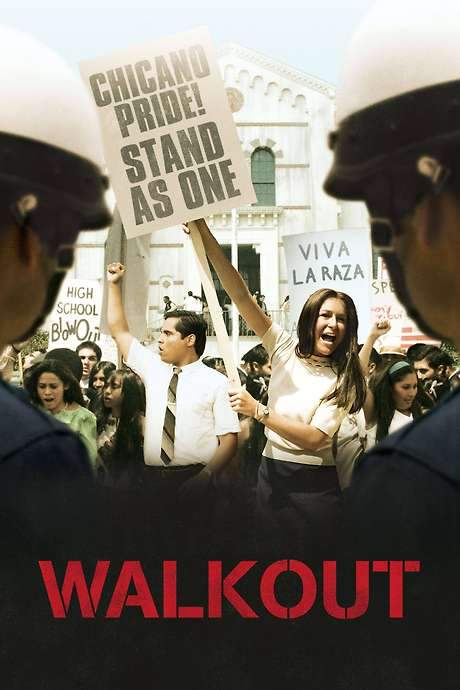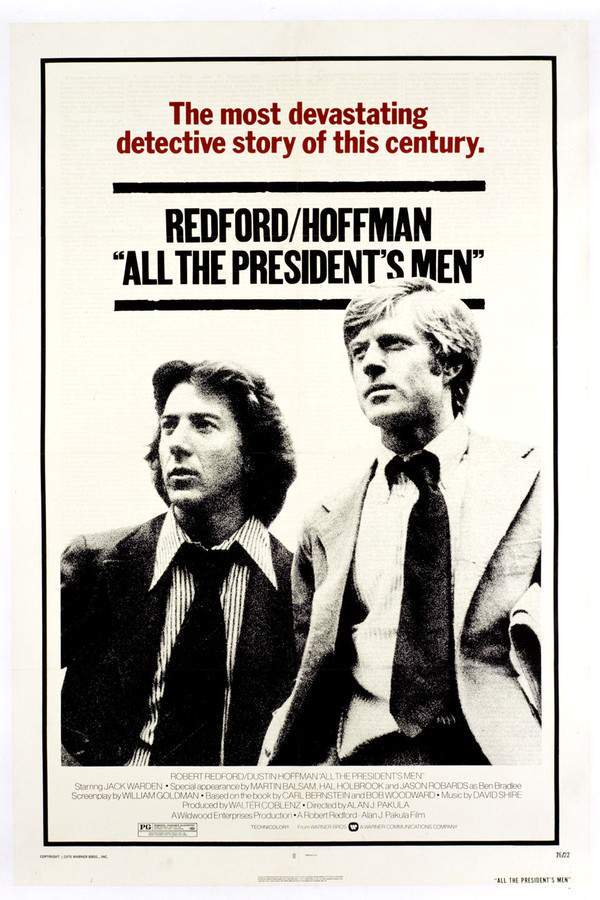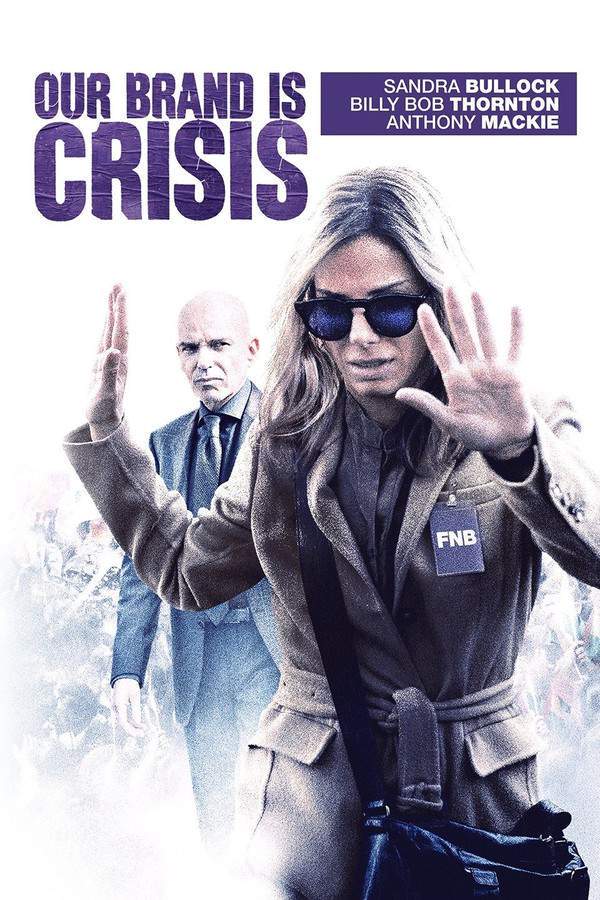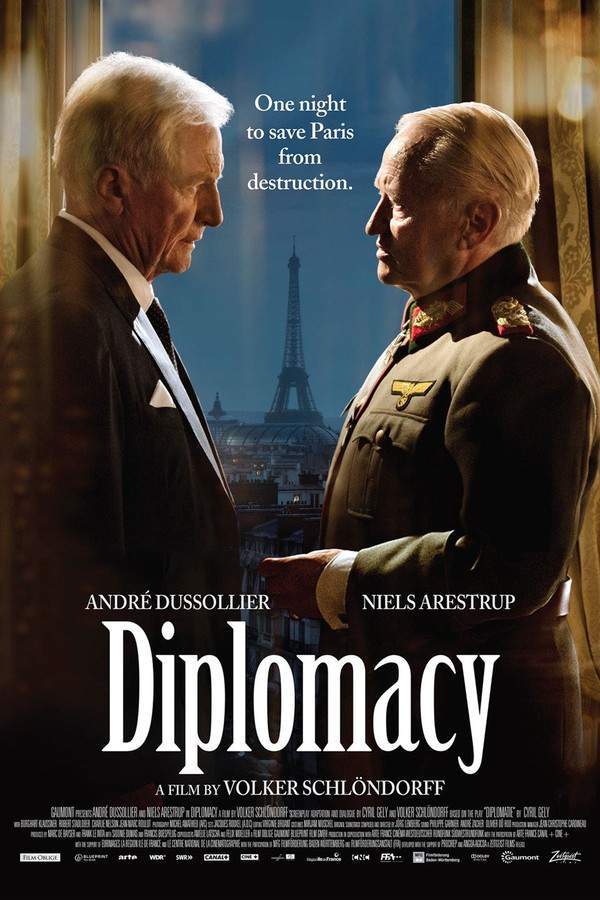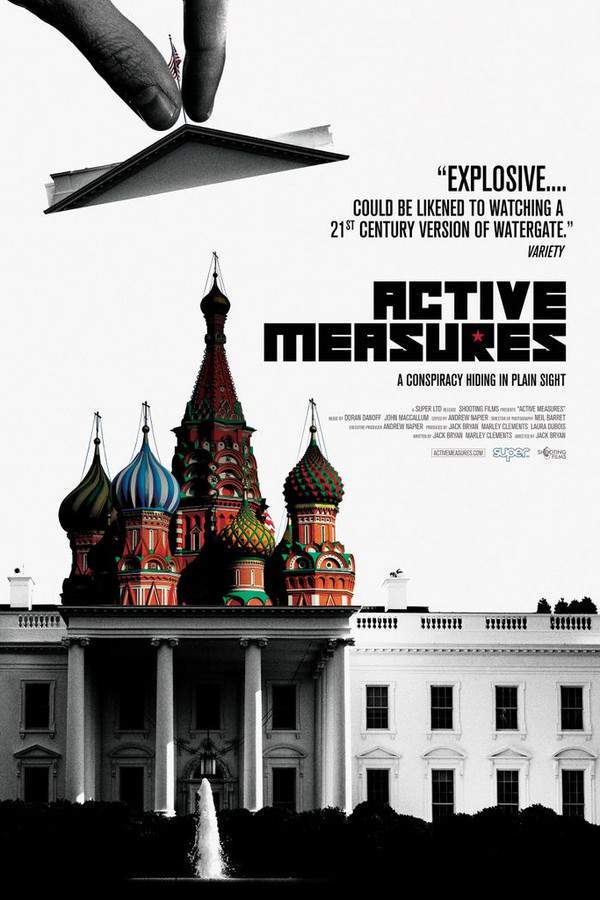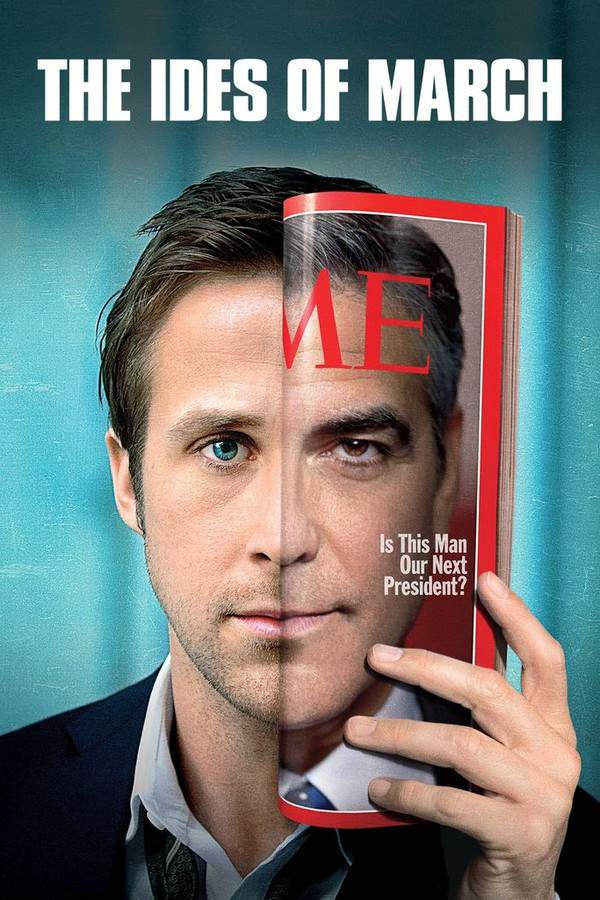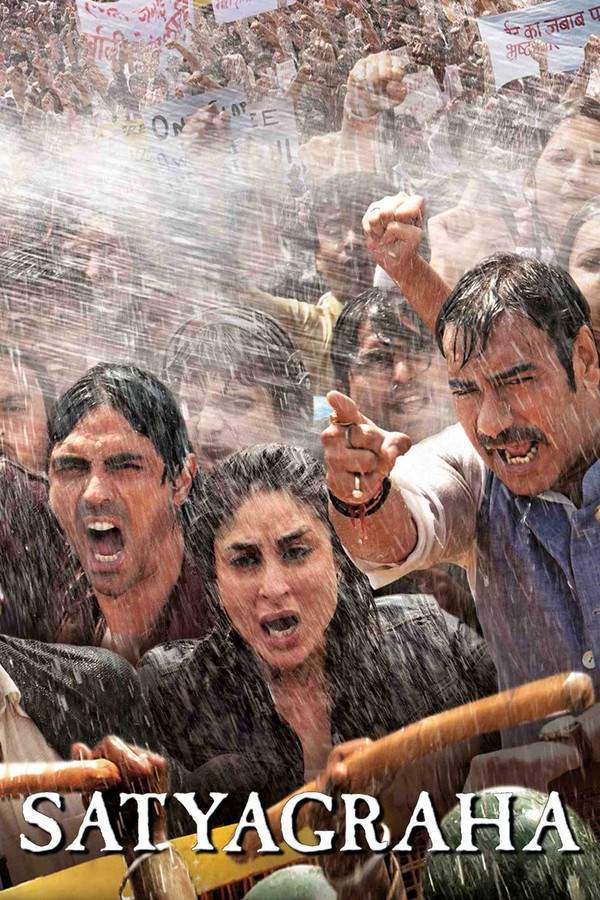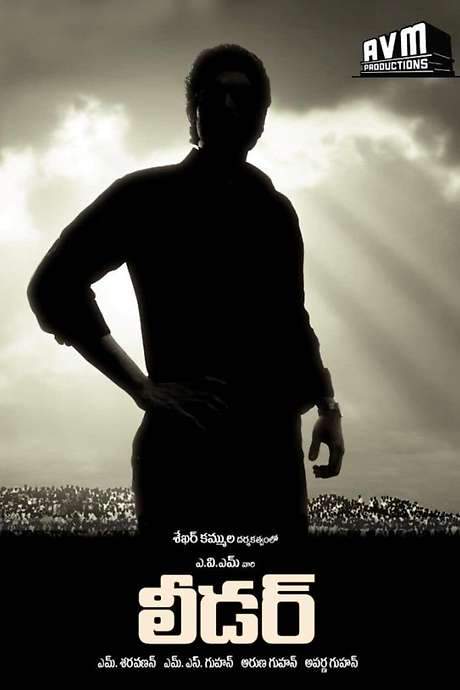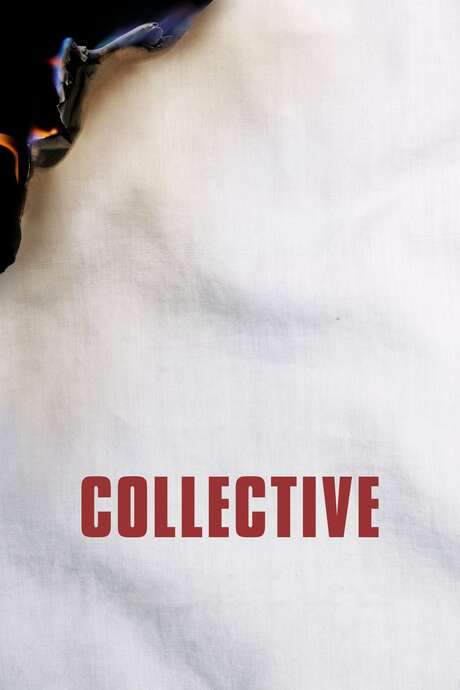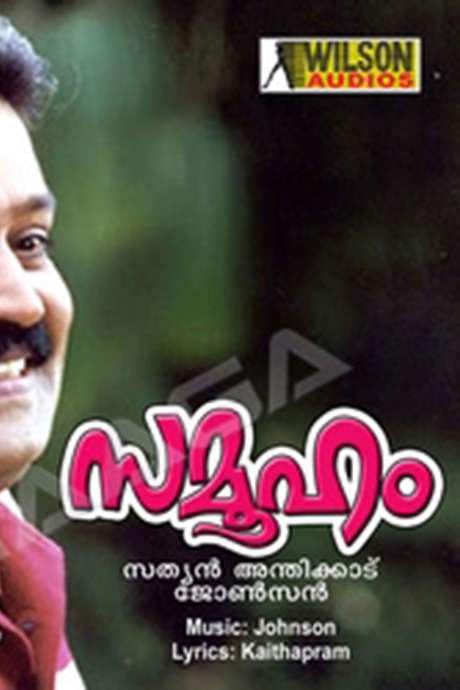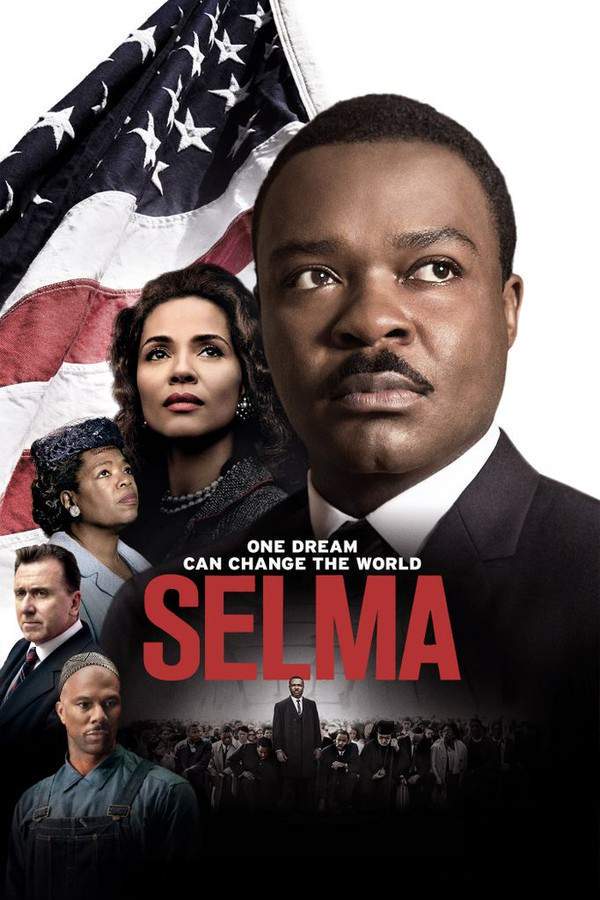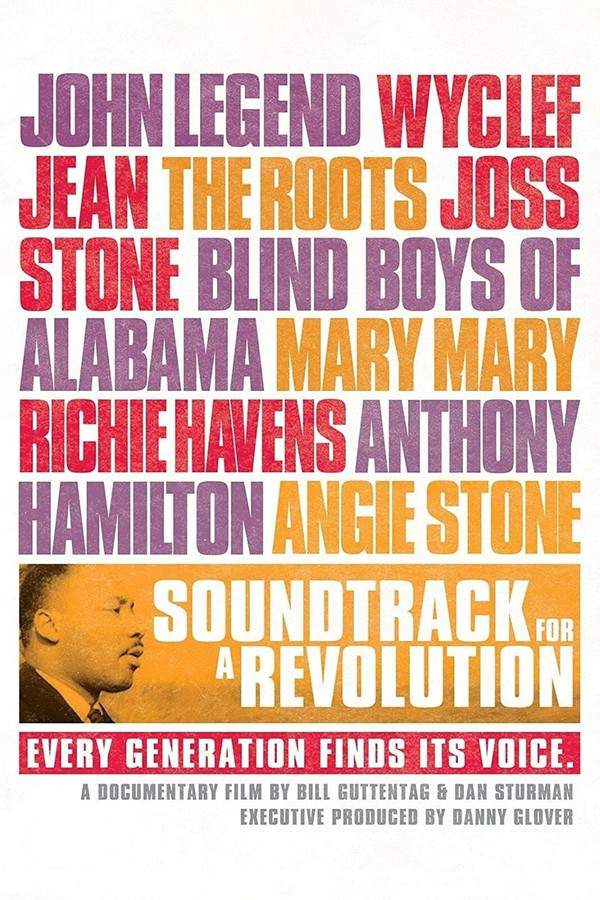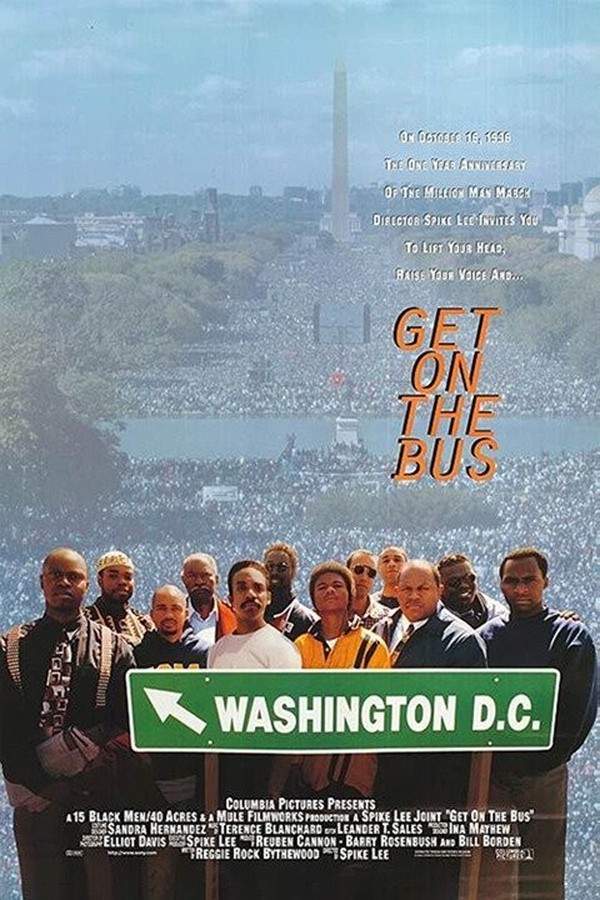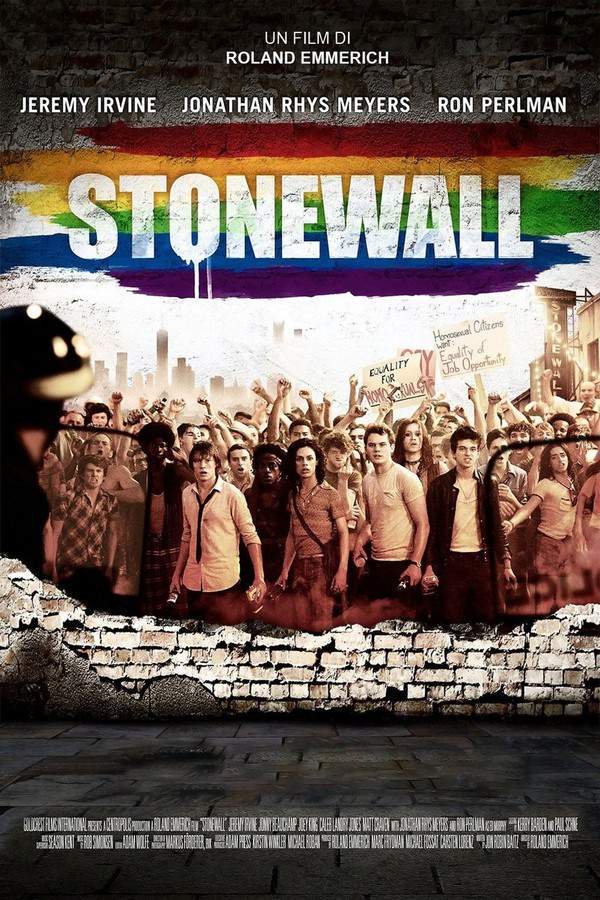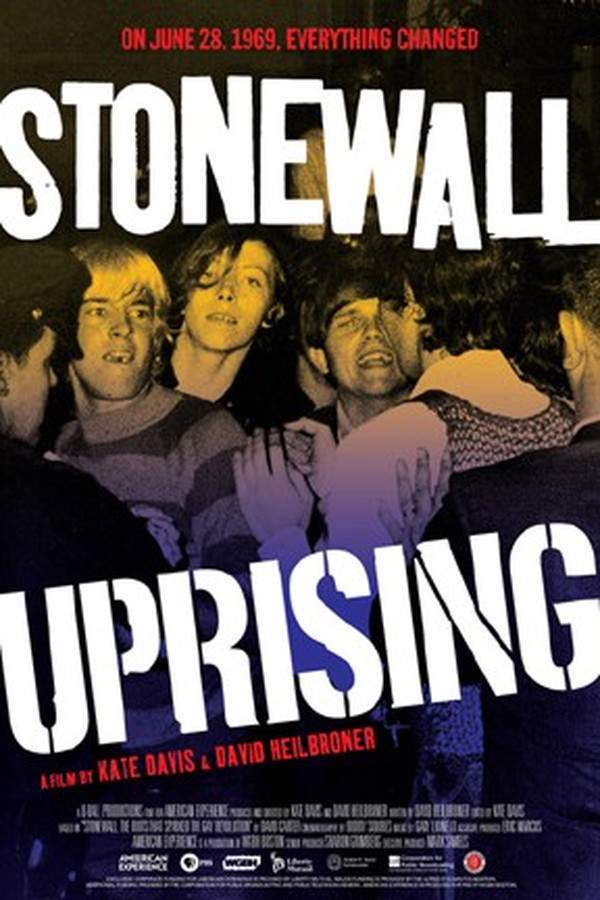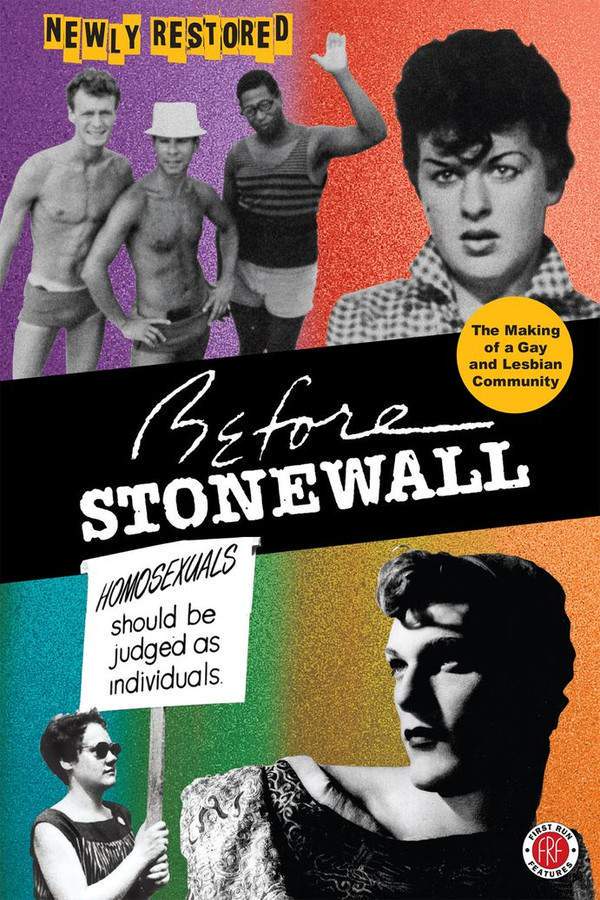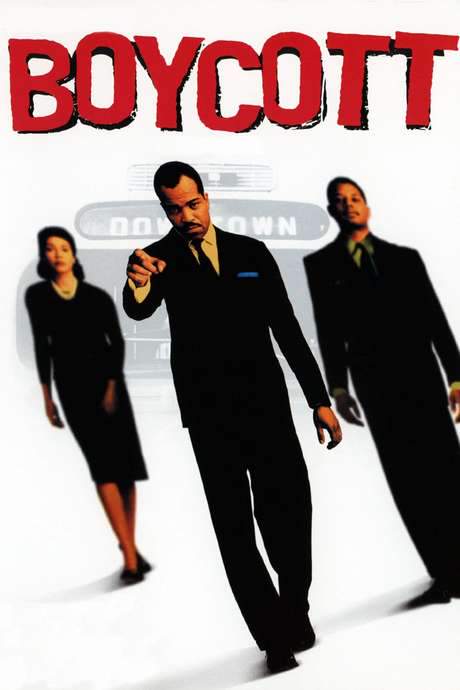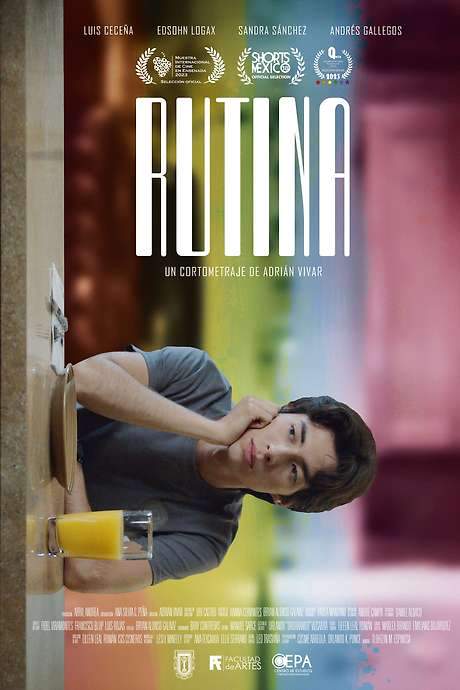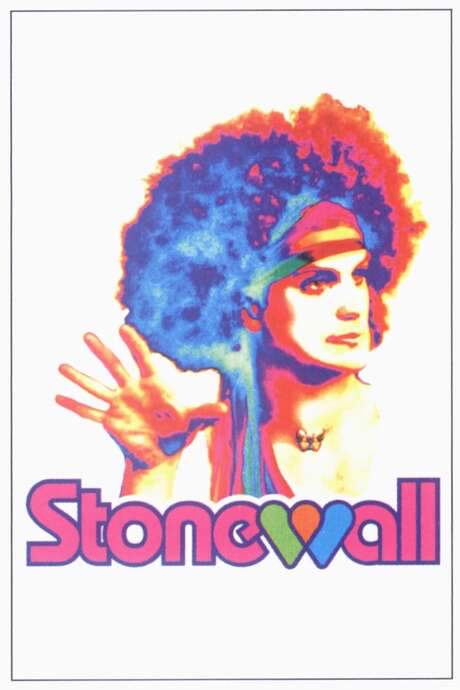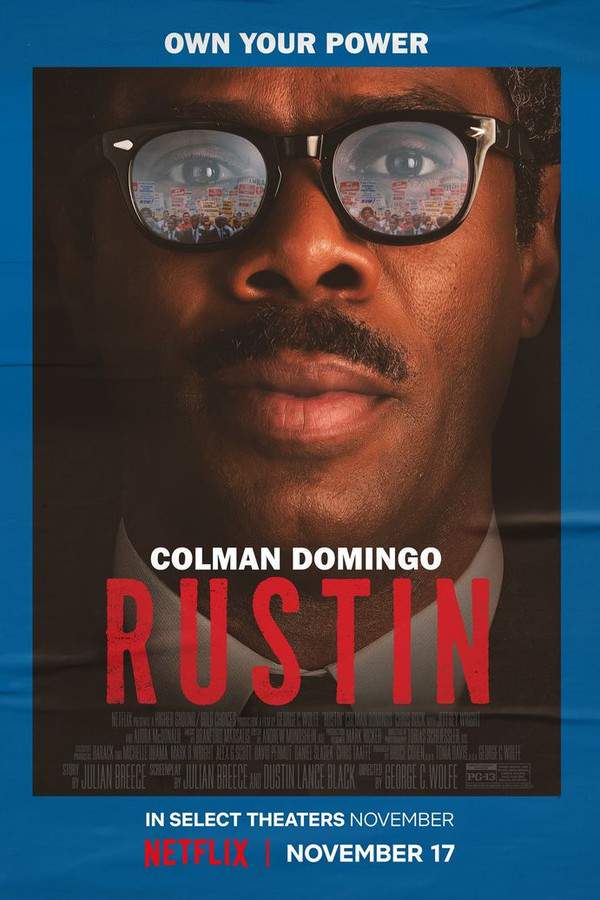
Rustin
Bayard Rustin was a pivotal figure in the Civil Rights Movement, and this film explores his story as the architect of the 1963 March on Washington. Defying convention, he faced significant challenges as a gay man working for equality. The film highlights his unwavering commitment to his beliefs and his determination to shape history, despite facing personal and professional obstacles. His legacy continues to inspire the fight for justice and human rights.
Warning: spoilers below!
Haven’t seen Rustin yet? This summary contains major spoilers. Bookmark the page, watch the movie, and come back for the full breakdown. If you're ready, scroll on and relive the story!
Rustin (2023) – Full Plot Summary & Ending Explained
Read the complete plot breakdown of Rustin (2023), including all key story events, major twists, and the ending explained in detail. Discover what really happened—and what it all means.
In 1960, as the civil rights movement fights for racial equality across the United States, activist Bayard Rustin urges Martin Luther King, Jr. to lead a bold protest ahead of the Democratic National Convention. New York Congressman Adam Clayton Powell Jr. and NAACP leader Roy Wilkins grow wary of King’s rising popularity and Rustin’s rising influence, threatening to expose a rumored homosexual relationship between King and Rustin. This pressure pushes Rustin to resign from the Southern Christian Leadership Conference, reshaping his role in the movement.
Three years later, Rustin remains estranged from much of the movement, yet his unwavering commitment to nonviolent action resonates with a new generation of activists. Among them is Tom, his assistant and lover, who stands by Rustin as they plot a large-scale march on Washington, D.C. Rustin turns to the seasoned organizer A. Philip Randolph, a respected architect of peaceful demonstrations, to help build the plan. While there is support from some quarters, including the NAACP’s network through figures like Medgar Evers, Wilkins continues to push back against Rustin’s methods and profile.
Rustin’s personal life grows complicated when he begins an affair with Elias Taylor, a married organizer and pastor. The relationship adds strain to his collaboration with Tom Kahn, and the tension complicates the movement’s dynamics as they press forward with the march’s preparations. The country faces troubling moments of violence, including brutal attacks on demonstrators in Birmingham, which intensify calls for change and push Rustin to leave his posting at the War Resisters League. In the national moment that follows, John Lewis and other young leaders become galvanized, even as the assassination of civil rights organizer [Evers] sends shockwaves through the movement right after President Kennedy calls for civil rights legislation.
Rustin also revisits his conversation with [Martin Luther King, Jr.], recalling the many times police clashed with reformers and how those memories shape his insistence on nonviolent, strategic action. King, wary but moved by Rustin’s persistence, agrees to lend his moral support to the march, even as Wilkins remains skeptical about Rustin’s prominence and reputation. Randolph refuses to abandon the plan, appointing Rustin as his deputy director and giving him broad responsibility to organize what would become a historic demonstration.
In Harlem, Rustin assembles a diverse team of volunteers and organizers, including Cleve Robinson and Dr. Anna Hedgeman, and works out of a temporary office that becomes the nerve center for fundraising, outreach, and logistics. They face bureaucratic barriers and political pressure that test their resolve, and Rustin’s warning to King about powerful political enemies proves prophetic as they navigate a maze of opposition and scrutiny from figures in government and Congress.
As the weeks mount, the plan tightens to a single, all-encompassing day: a 100,000-strong march that would demonstrate national resolve for civil rights in a peaceful, public display. The campaign also tests personal loyalties, with Rustin’s affair with Elias Taylor creating ripples within the leadership circle and among the volunteers, including [Tom]. Yet the movement endures, buoyed by the momentum of thousands who believe in a nonviolent path to equality.
The political landscape grows fiercer when Senator [Strom Thurmond] publicly brands Rustin a communist, and Powell tries to pressure him into stepping down. Yet Rustin’s meticulous organization—driven by seven weeks of intense planning—begins to show its power as the march comes together. A tense moment arrives when Taylor’s pregnant wife delivers a pointed message, prompting Taylor to end the affair, while Thurmond broadcasts details of Rustin’s past arrest for homosexual activity in Pasadena many years earlier. In response, Randolph and King publicly defend Rustin, underscoring the movement’s commitment to principles over personal attacks.
Finally, on August 28, 1963, the March on Washington draws more than 200,000 people to the National Mall and culminates in one of the era’s most enduring moments: King’s iconic “I Have a Dream” speech, delivered before a sea of hopeful faces. Wilkins invites Rustin to join the march’s core leadership at the White House, but he chooses to stay with his volunteers, continuing to shepherd the protest from the ground up. The event marks the moment when the nation’s resolve to pursue civil rights is tested and celebrated in a single, powerful moment of peaceful protest.
The film closes with an epilogue that situates the march as the era’s largest peaceful demonstration to date. Civil rights legislation would follow within the year, and Rustin would later live to see his efforts recognized in the form of personal milestones—meeting a lifelong partner and receiving the Presidential Medal of Freedom—affirming that nonviolent organizing can effect enduring change even in the face of fierce political opposition.
Last Updated: October 09, 2025 at 16:13
Ending Explained – What Happens at the End of Rustin?
Still wondering what the ending of Rustin (2023) really means? Here’s a spoiler-heavy breakdown of the final scene, major twists, and the deeper themes that shape the film’s conclusion.
The ending of Rustin celebrates a significant victory in the Civil Rights Movement. After years of struggle, Bayard Rustin successfully orchestrates the historic March on Washington in 1963, which mobilizes around 250,000 people to demand racial equality. The march culminates with Martin Luther King Jr.’s iconic “I Have a Dream” speech, symbolizing hope and unity for a future free of racial discrimination. This powerful event prompts governmental recognition, as President Kennedy and other leaders begin to support civil rights initiatives, leading to the passage of the Civil Rights Act in 1964, which outlaws racial and ethnic discrimination.
Throughout the film, Rustin’s personal story reveals the complex challenges he faced—not only as a Black man fighting systemic racism but also as a gay man whose sexuality was heavily stigmatized. His identity created additional obstacles when his reputation and personal life were attacked or used against him, even within the movement he helped lead. Despite these hardships, Rustin’s unwavering dedication to social justice and equality ultimately helped propel the movement forward. The film concludes with Rustin’s legacy secured through this victorious march, as well as through his continued activism and love, particularly with Walter Neagle, highlighting his lifelong commitment to fighting for both racial and LGBTQ rights.
Last Updated: June 25, 2025 at 09:01
Explore Movie Threads
Discover curated groups of movies connected by mood, themes, and story style. Browse collections built around emotion, atmosphere, and narrative focus to easily find films that match what you feel like watching right now.
True stories of historic changemakers like in Rustin
Inspiring stories of the overlooked figures behind monumental social movements.If you were inspired by Rustin, explore other movies like it that tell the true stories of unsung heroes in history. These films focus on the determined individuals behind major social movements, showcasing their personal sacrifices and unwavering commitment to justice.
Narrative Summary
These narratives typically follow a determined protagonist facing systemic opposition as they work tirelessly towards a historic goal. The journey is marked by personal sacrifice, political maneuvering, and the ultimate, bittersweet triumph of contributing to a larger cause.
Why These Movies?
Movies in this thread share a focus on biographical accuracy, a heavy emotional weight from tackling injustice, and a hopeful tone born from depicting tangible progress, often culminating in a bittersweet but inspiring conclusion.
High-stakes political dramas with tense organizing like Rustin
Tense dramas where meticulous planning meets immense pressure to change the world.For viewers who liked the tense political organizing in Rustin, this section features similar movies about high-stakes campaigns and movements. These dramas capture the methodical build-up, factional conflicts, and immense pressure of trying to orchestrate historic change.
Narrative Summary
The plot revolves around a clear, ambitious objective—like a major protest or campaign—that must be achieved against a ticking clock and powerful opposition. The story structure is a steady build of logistical and interpersonal challenges, leading to a climactic event that defines success.
Why These Movies?
These films are grouped by their shared high intensity, steady pacing that builds towards a climactic event, and a core theme of collective action overcoming adversity. They blend heavy emotional themes with a sense of hopeful determination.
Unlock the Full Story of Rustin
Don't stop at just watching — explore Rustin in full detail. From the complete plot summary and scene-by-scene timeline to character breakdowns, thematic analysis, and a deep dive into the ending — every page helps you truly understand what Rustin is all about. Plus, discover what's next after the movie.
Rustin Timeline
Track the full timeline of Rustin with every major event arranged chronologically. Perfect for decoding non-linear storytelling, flashbacks, or parallel narratives with a clear scene-by-scene breakdown.

Characters, Settings & Themes in Rustin
Discover the characters, locations, and core themes that shape Rustin. Get insights into symbolic elements, setting significance, and deeper narrative meaning — ideal for thematic analysis and movie breakdowns.

Rustin Ending Explained
What really happened at the end of Rustin? This detailed ending explained page breaks down final scenes, hidden clues, and alternate interpretations with expert analysis and viewer theories.

Rustin Spoiler-Free Summary
Get a quick, spoiler-free overview of Rustin that covers the main plot points and key details without revealing any major twists or spoilers. Perfect for those who want to know what to expect before diving in.

More About Rustin
Visit What's After the Movie to explore more about Rustin: box office results, cast and crew info, production details, post-credit scenes, and external links — all in one place for movie fans and researchers.

Similar Movies to Rustin
Discover movies like Rustin that share similar genres, themes, and storytelling elements. Whether you’re drawn to the atmosphere, character arcs, or plot structure, these curated recommendations will help you explore more films you’ll love.
Explore More About Movie Rustin
Rustin (2023) Scene-by-Scene Movie Timeline
Rustin (2023) Movie Characters, Themes & Settings
Rustin (2023) Ending Explained & Theories
Rustin (2023) Spoiler-Free Summary & Key Flow
Movies Like Rustin – Similar Titles You’ll Enjoy
Selma (2014) Complete Plot Breakdown
Soundtrack for a Revolution (2010) Plot Summary & Ending Explained
Get on the Bus (1996) Ending Explained & Film Insights
Stonewall (2015) Movie Recap & Themes
Stonewall Uprising (2010) Spoiler-Packed Plot Recap
Before Stonewall (1985) Film Overview & Timeline
Citizen King (2004) Detailed Story Recap
Brother Outsider: The Life of Bayard Rustin (2003) Complete Plot Breakdown
Boycott (2001) Plot Summary & Ending Explained
As Long As I’m Famous (2020) Plot Summary & Ending Explained
Pat Rocco Dared (2021) Spoiler-Packed Plot Recap
Rutina (2022) Spoiler-Packed Plot Recap
Stonewall (1995) Detailed Story Recap
The Bus (1965) Full Movie Breakdown
Dr. Martin Luther King, Jr.: A Historical Perspective (1994) Detailed Story Recap

